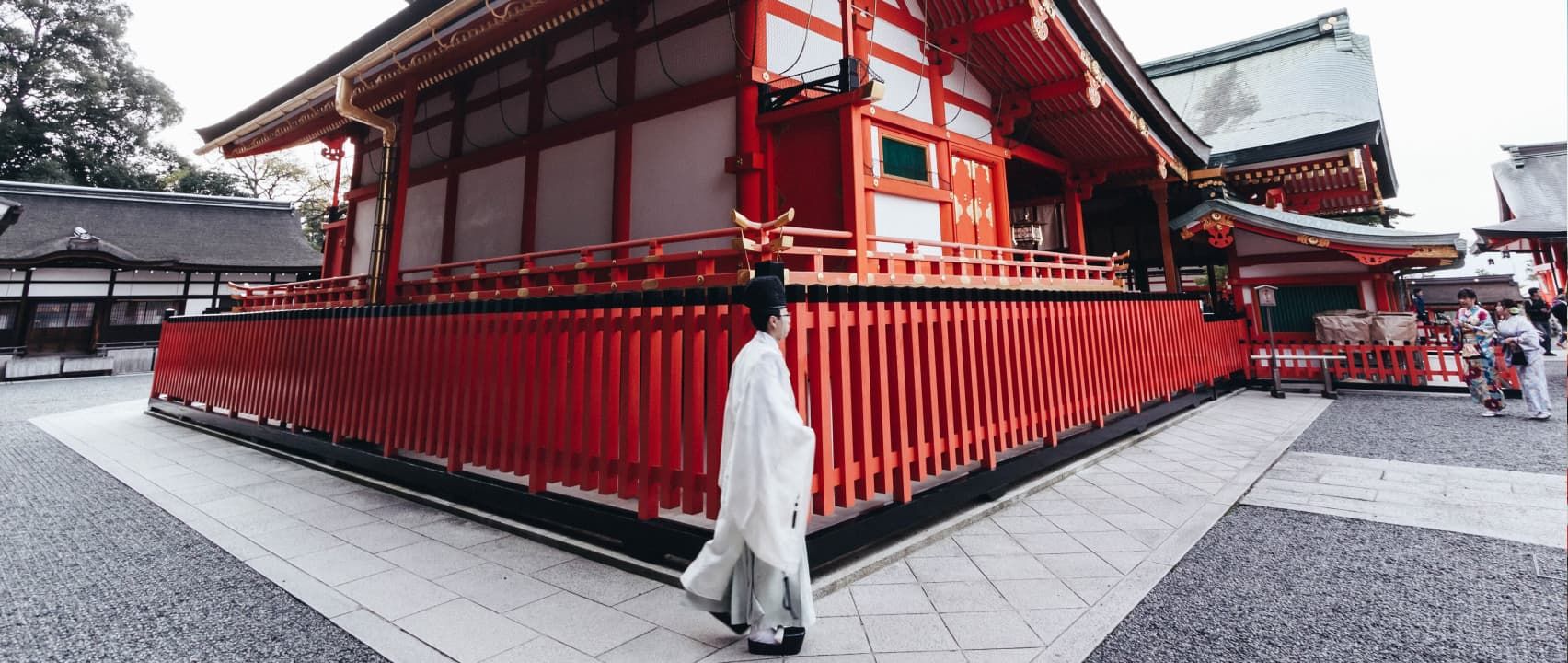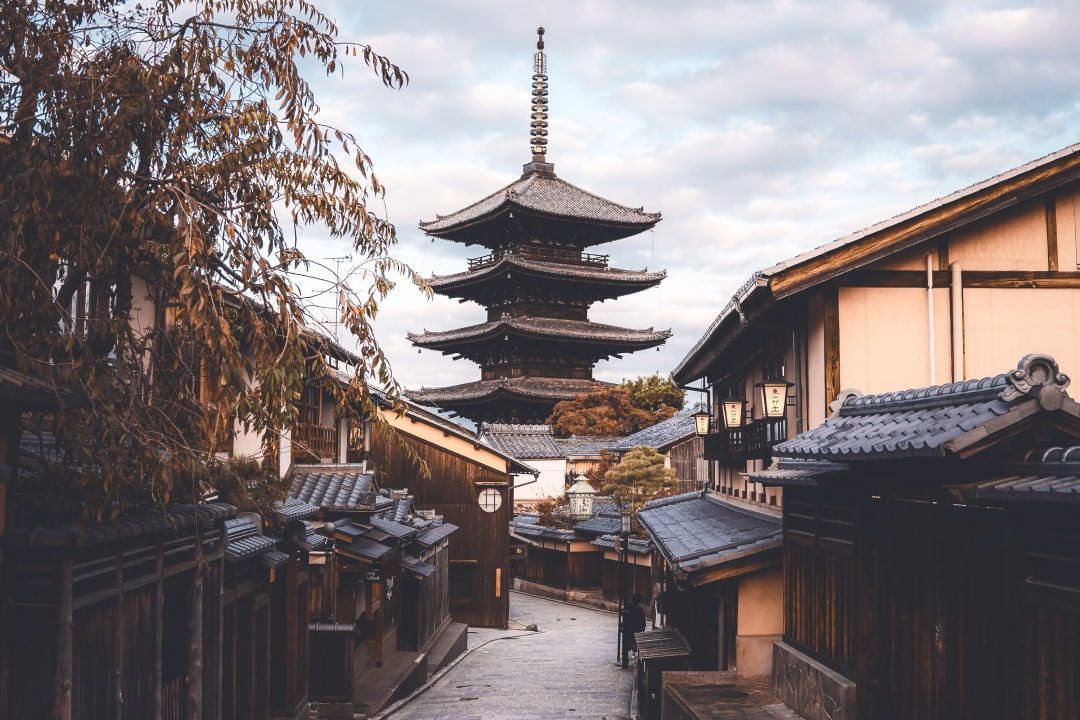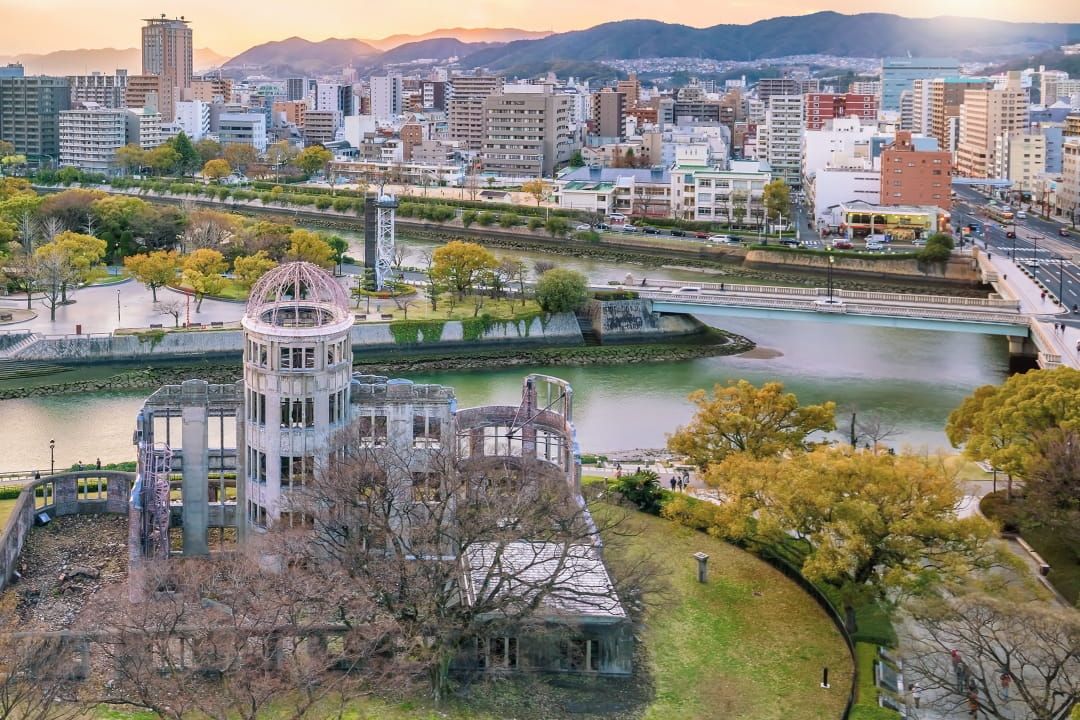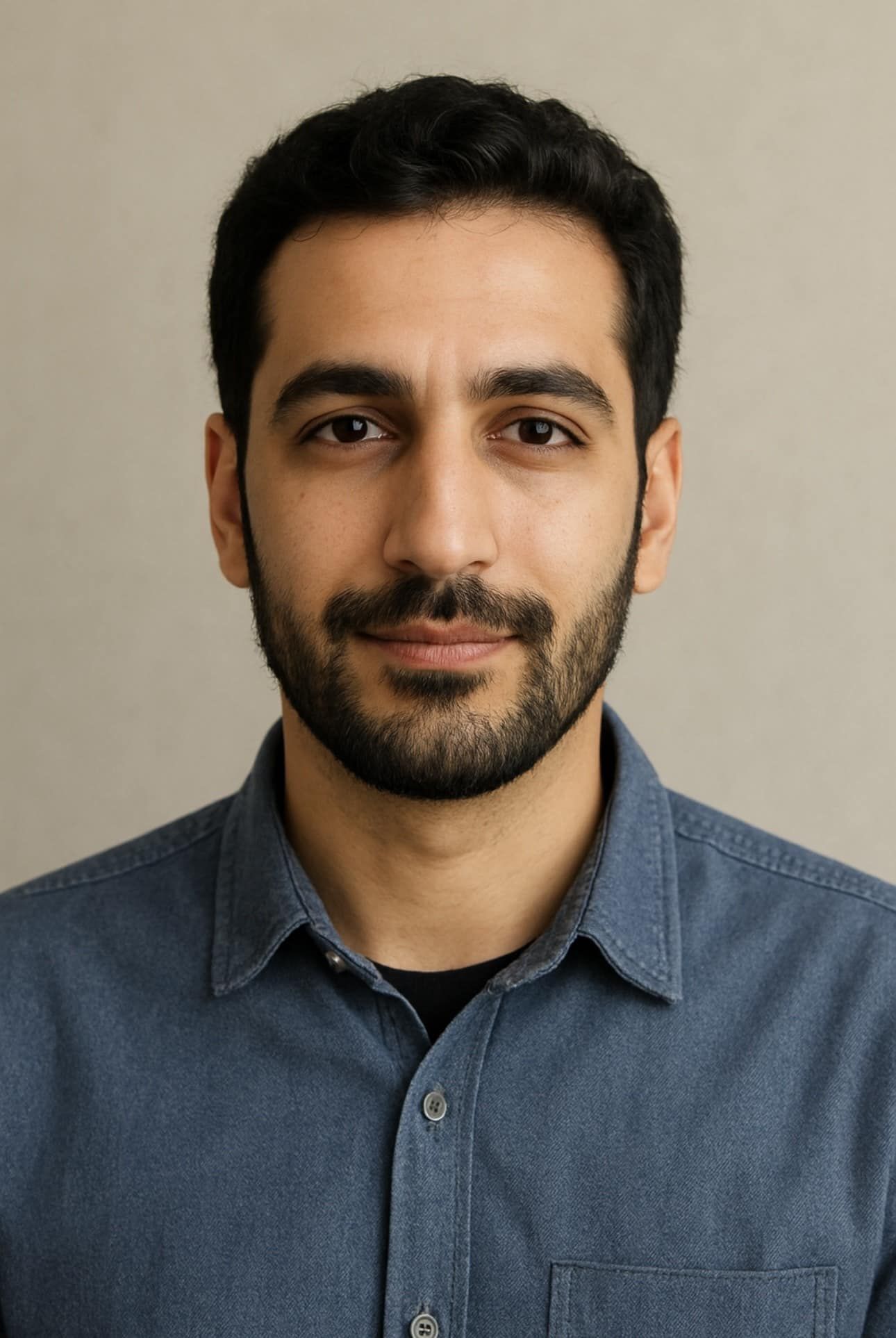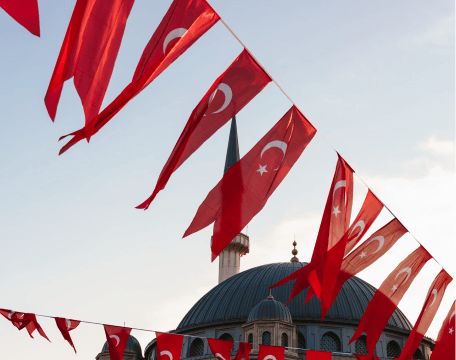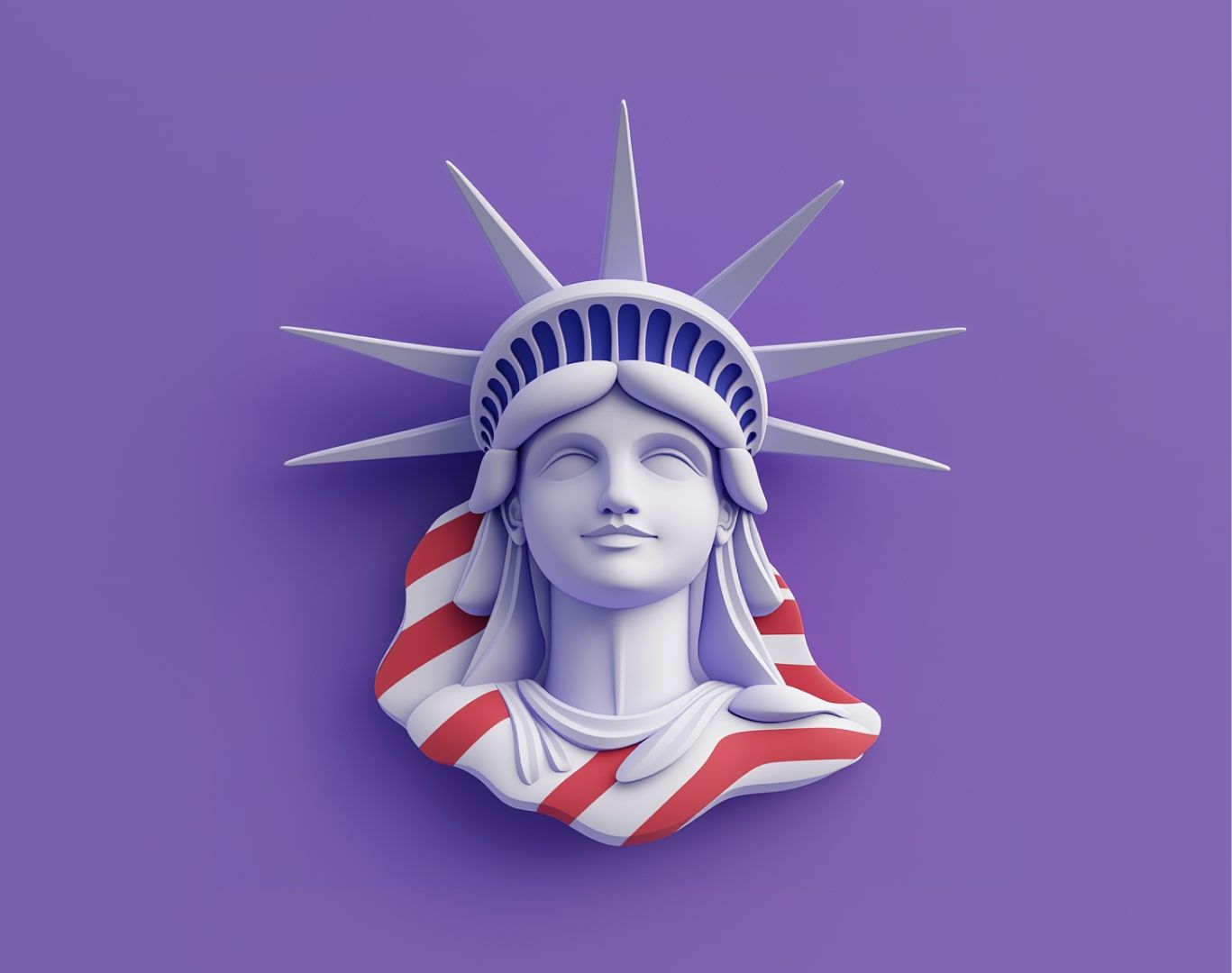Japan has just about something for everyone — from the anime-obsessed youngsters to older travellers seeking peace. On the one hand, it is an ultra-modern country, and on the other, it is still grounded in centuries of tradition. This Japan travel guide offers a few tips and suggestions for planning your Japanese excursion.
Where to go in Japan
Visit Japan’s cultural hotspots
Tokyo: High-tech metropolis
The Japanese capital is absolutely enormous, and if you're not in a hurry, it's recommended to set aside at least a week. The iconic Shibuya crossing, located just outside the station of the same name, is probably the most famous pedestrian crossing in the world. As soon as the lights turn green, the crowd starts moving from all sides, in all directions. A tourist attraction in itself, the traffic lights leave just enough time to catch a quick breakdance routine or street performance. Right next to the crossing is a statue of Hachiko, the world's most loyal dog, who waited 9 years for his owner.
If you'd like to witness a sumo wrestling match, check online first if there's a tournament happening. Tickets sell out quickly and are best booked far in advance of your trip. However, if this doesn't work, you can head to the Arashio-beya stable early in the morning — try to arrive by 7.30 AM — to watch the wrestlers practice through the window. But before setting your alarm, dial the number on their official website 1 day in advance to confirm, since practice doesn't take place every day.
For a panoramic view of the metropolis, you can visit the Tokyo Skytree — tickets can be booked ahead of time to avoid disappointment. On a clear day, you can even see Mount Fuji. It's possible to visit Fuji itself on a day trip if you leave early enough, but if you'd like to take your time, you can book a room at a ryokan (traditional Japanese inn) on the surrounding Five Lakes.
Finally, for all you nerds, the Akihabara district is the place to go, packed with gadgets, gaming, electronics, and comic book stores. You’ll find multi-floor arcades, rare collectables, and shops like Super Potato filled with vintage consoles and games.
And while you're in Tokyo, don't miss the chance to explore Tsukiji Outer Market, often described as Japan’s “Food Town”. Stalls line the streets with fresh sushi, grilled eel, and tamagoyaki (Japanese omelette) on sticks. Later on, you could treat yourself to a bowl of ramen from one of Tokyo’s many Michelin-star restaurants. The city has more of them than any other city in the world.
And if you want a quiet break, head to the serene Meiji Shrine. Nestled in a lush forest and just a short walk from Harajuku Station, this place feels more like a woodland escape than a religious site. In spring, the nearby Chidorigafuchi moat turns into one of Tokyo’s dreamiest spots. Cherry blossoms hang low over the water, and rental boats drift slowly beneath the pink canopy.
Kyoto: Blast from the past
Kyoto, Japan's former seat of power, is like Barcelona to Tokyo's Madrid — the cultural capital. If it's a look at bygone Japan you're after, this is the place to go. Walking through the Gion district, you can feel as though you've stepped into the past with its streets of old-fashioned wooden teahouses where you can glimpse a geisha performance. You can also attend a traditional dance or music show at Gion Corner, where you can see maiko — apprentice geisha — and geiko — fully-trained geisha — perform the Kyomai dance, visit a tea ceremony, and enjoy Koto music.
The Fushimi Inari shrine is where you can find that postcard image of thousands of red torii gates leading up a mountain. Each gate is donated by individuals or businesses, with inscriptions carved in bold black script into the wood. The trail winds through a serene forest, but keep in mind that while it's not a particularly strenuous hike, it takes an hour or two to reach the very top.
For a truly memorable experience, you can book a session at the ninja dojo. Dressed in the appropriate uniform — all-black, of course — you'll be given an hour-long crash course in the techniques and weapons used by the feared feudal assassins, aiming with a throwing star. It’s an unexpected addition that brings hands-on fun to your Japan travel itinerary.
Osaka: Street food and bright nights
Osaka is just 30 minutes from Kyoto by train, and it’s a natural stop on any Japan travel itinerary. If Kyoto is calm and composed, Osaka feels more casual and lived-in — think street food at every corner, handwritten menus, and local liveliness.
Start in Dotonbori, Osaka’s most iconic entertainment district. This lively stretch along the canal is a sensory overload: neon signs blink overhead, giant seafood billboards, and the scent of takoyaki (grilled octopus balls) floats through the air.
If you want to step out of the crowds for a bit, head to the Umeda Sky Building for panoramic views over the city. Or head to Shinsekai, a retro neighbourhood with a faded charm that was built before the war.
Hiroshima: Place for reflection
For a more somber experience, Hiroshima still bears the scars of the Second World War when the city was struck by an atomic bomb. The bomb exploded almost directly above the Hiroshima Prefectural Products Exhibition Hall, and as such, the building's structure remained largely intact. It now stands as the Hiroshima Peace Memorial and a UNESCO World Heritage Site. The surrounding Peace Memorial Park sparks as much reflection, with the A‑Bomb Dome standing just as it did after the blast, framed by trees that have grown back over time. The Cenotaph lists the names of those lost, while the Peace Memorial Museum gives voice to the survivors through objects, photos, and testimonies that stay with you long after you leave. A short walk away is Hiroshima Castle, almost entirely destroyed in the blast, but it has since been restored.
If you have time to explore beyond the main sites, there are a few lesser-known corners of the city that are worth seeking out. Shukkei-en Garden is a small but beautifully designed Edo-period garden, where arched bridges, still ponds, and winding paths offer a calm break from the city without ever really leaving it. For something livelier and yummier, head to Okonomi-mura, a multi-floor food hall devoted entirely to okonomiyaki — Hiroshima’s famous layered pancake — made with cabbage, noodles, and a sweet-salty sauce. And if you’re in the mood for fresh air and quiet, Mitaki-dera is a hillside temple tucked into the forest, where mossy steps, trickling waterfalls, and stone lanterns lead you through one of Hiroshima’s most peaceful walks.
Soak in relaxing nature
Miyajima
A short ferry ride from the city, this island feels a world away. It’s famous for Itsukushima Shrine, the bright red gates which appear to float in the water when the tide rises. What’s also special about it is the deer that roam around the village. There are nearly as many deer as there are humans on the island, and the two species have gotten used to each other, perhaps a little too much. Although the deer are not particularly aggressive, make sure you keep any snacks out of reach.
It’s an easy place to walk around, and while it’s small, the combination of water, shrines, and wooded paths gives it a special atmosphere.
Hakone: Hot springs and Mount Fuji views
If Tokyo feels electric, Hakone is its unplugged twin. It’s a peaceful retreat just 90 minutes away by train. Tucked into the hills, this small mountain town is best known for two things — onsen (hot springs) and Mount Fuji views.
You won’t find towering temples or neon-lit streets here. Instead, you’ll soak in mineral-rich baths while mist floats over the hills, ride a scenic ropeway over volcanic terrain, and cruise across Lake Ashi on a pirate ship. On clear days, Mount Fuji appears behind the red torii gate of Hakone Shrine, standing tall above the lake like something out of a painting.
Hakone’s art scene is surprisingly strong, too. The Open-Air Museum is worth a stop, with sculptures dotted across the landscape and a Picasso Pavilion inside. For a traditional touch, you can spend the night in a ryokan, wearing a yukata and dining on seasonal dishes served ceremoniously.
Relax in the islands
Kamakura and Enoshima
Just an hour away from Tokyo, this former samurai capital feels relaxed and slightly bohemian. You’ll find temples tucked into hills, leafy trails, and the famous Great Buddha sitting in the open air. Nearby, Enoshima Island is connected by a short bridge and gives you sea views, small shrines, and stairs winding up through gardens. On a clear day, Mount Fuji shows up again, but this time, from the coast.
Okinawa
If you're extending your trip, Okinawa is Japan’s tropical outpost. The beaches are stunning with white sand, turquoise water, and coral reefs. Okinawa also has its own food, music, and even language variations. You can soak up the sun and the culture. It’s a good place to snorkel, dive, or relax without rushing around temples. But keep in mind that you’ll need a separate flight, and it works best in your Japan itinerary if you’re staying for more than two weeks.
Japan itinerary ideas
|
Duration |
Destinations |
Notes |
|
1 week |
Tokyo-Kyoto-Hakone |
A compact mix of modern energy, tradition, and nature. Tokyo gives you a taste of urban Japan — with an optional day trip to Kamakura. Kyoto covers the historic side. And end with a peaceful break in Hakone’s mountains, hot springs, and Mount Fuji views. |
|
2 weeks |
Tokyo-Kamakura-Hakone-Kyoto-Osaka-Miyajima |
A well-rounded loop from city to coast. Start with Tokyo, unwind in Kamakura’s seaside temples, then soak in Hakone’s nature. Kyoto and Osaka bring that cultural experience. And end on Miyajima Island for a peaceful finish. |
|
3 weeks |
Tokyo-Kamakura-Hakone-Kyoto-Osaka-Hiroshima-Miyajima-Enoshima-Okinawa |
Designed for those who want to dig deeper in Japanese and slow down. After your cultural circuit, Hiroshima adds weight and reflection, Enoshima offers laid-back coastal charm near Tokyo, and Okinawa brings a final chapter of tropical beaches, island food, and total relaxation. |
Best time to visit
Spring is a great time to visit the Land of the Rising Sun. From late March until early May, the spectacular sight of sakura will meet you, or the cherry blossom blooming. When exactly the trees flower varies where you are, so you'll want to time your trip accordingly — in the south, the cherry blossoms will have reached full bloom by early April, while on the northern island of Hokkaidô, you'll be able to catch them all the way into May.
Springtime is also the season of matsuri — Japan's lively folk festivals, where you'll witness locals in traditional dress parading to the beat of drums and carrying mikoshi — mini portable shrines — on their shoulders. One of the largest such festivals is the Sanja Matsuri in Tokyo, at the Asakusa shrine.
Coastal areas like Kamakura, Enoshima, and even the southern islands of Okinawa also come alive in spring, with milder temperatures, clear skies, and fewer crowds. While the water may still be a bit cold for swimming in the mainland, it’s the perfect time for seaside walks, island views, and early beach days in Okinawa before the summer heat and humidity arrive.
Traveling in winter also presents opportunities. In Nagano Prefecture, you can watch the famous snow monkeys bathing in the hot springs at Jigokudani Monkey Park while snow blankets the forest around them. And from December through March, it's possible to see the "snow monsters," bizarre formations on top of Mount Zaō in Yamagata Prefecture. After you're done skiing on one of the nearby slopes, you can relax at one of the onsens (hot springs) for public bathing.
Visa requirements
Qatari passport holders do not need a visa to enter Japan for short-term stays of up to 30 days. If you’re a resident in Qatar but hold a different passport, check the official Japan eVisa portal to see if you're eligible for online application. It's always a good idea to apply a couple of weeks in advance and make sure your passport is valid for the entire duration of your stay.
Know before you go
As an ultra-developed, high-tech nation, you'd be forgiven for fearing Japan is out of your budget. While certainly not cheap, the Land of the Rising Sun is somewhat more affordable than most of Western Europe.
In fact, Japan is actually more affordable for visitors than for locals. Tourists and non-residents are entitled to tax-free purchases at certain outlets — for example, the discount chain Don Quijote — which saves you around 10% on a wide range of items, including clothes and makeup. Just don't forget to bring your passport when you go out shopping!
You can also buy a JR pass, which grants you free, unlimited travel on the Japan Rail network for 7, 14, or 21 days, including within cities and on the famous bullet trains. While it seems pricey at first — a 7-day adult pass costs around 1,700 QAR — you'll definitely save money if you're planning on seeing as much of Japan as possible. Keep in mind that not every train line is part of the JR system, so check the map when planning your route. While Japan does offer subsidized healthcare for both citizens and foreigners, it's not entirely free, and you may want to get travel insurance yourself.
